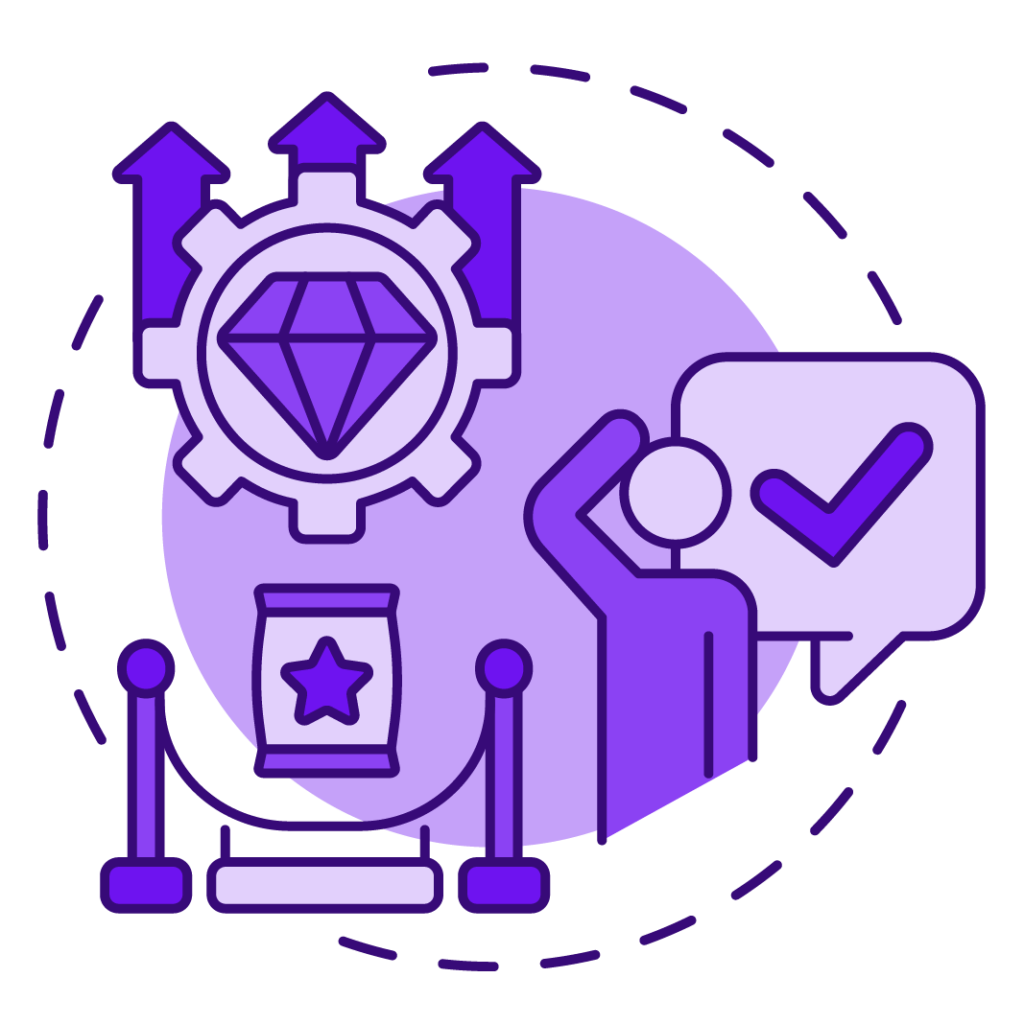
Share This Post
There’s something brewing behind the scenes of today’s digital world—something most people haven’t noticed yet. It’s not some sci-fi plot or a dramatic Hollywood-style showdown. It’s real, and it’s already here.
We’re talking about AI going head-to-head with… AI.
Yep, you read that right. Artificial intelligence is no longer just a fancy add-on for tech companies or a buzzword tossed around in boardrooms. It’s now a weapon—and in some cases, a very dangerous one.
At Axipro, where cybersecurity isn’t just a job but a mission, we’ve been watching this space closely. And what we’re seeing is more than just a tech evolution—it’s a full-blown cyber arms race.
Let’s dive into what’s going on, why it matters to your business, and what you can actually do about it.
The Old Rules of Cybersecurity? Gone
Back in the day (okay, not that long ago), cybersecurity was pretty straightforward. You set up a firewall, maybe installed some antivirus software, and told employees not to click sketchy links.
Then came AI.
Suddenly, we weren’t just reacting to threats—we could predict them. We could analyze thousands of data points in seconds and detect patterns that would take a human analyst hours to see. It was like going from a compass to GPS.
But as always happens with tech, the other side caught on.
When Hackers Get Their Hands on AI
Here’s the scary part: hackers started using AI too. And they’re getting really good at it.
We’re talking about:
- Phishing emails that look like they came from your boss—complete with your company’s internal lingo and writing style.
- Malware that evolves on its own, so even the best defenses have a hard time recognizing it.
- AI bots that quietly learn your systems, blending in until it’s too late.
Imagine an intruder who doesn’t need to sleep, never takes breaks, and learns everything about your digital setup faster than you can update your passwords. That’s what we’re dealing with now.
Good AI vs Bad AI: It’s Happening Now
AI is fighting AI—literally.
Security companies are using machine learning and advanced analytics to sniff out threats in real time. These systems can flag suspicious behavior, block access, and shut things down before they spiral.
But here’s the thing: the hackers’ AI is doing the same. It watches how your defenses react and adjusts accordingly. It’s a digital chess match, except the pieces move faster than any human can think.
And unlike humans, these AI systems never stop. They’re always learning, always testing, always evolving.
A Few Real-Life Scenarios That Might Shock You
This might sound like something out of a novel, but it’s all too real. Here’s a glimpse at what’s already happened in the field:
- A deepfake of a CEO was used to trick a finance manager into wiring millions overseas. The voice sounded exactly like the CEO—same tone, same urgency, same accent.
- AI bots breached a financial firm by mimicking normal employee behavior. It took weeks before the IT team realized something was off—and by then, sensitive data had already been leaked.
- One global telecom provider discovered that a malicious AI had been testing their firewalls for months, mapping every weak spot, and launching attacks only when defenses were down for updates.
This isn’t paranoia. It’s the new normal.
The Problem? Traditional Tools Can’t Keep Up
Here’s the harsh truth: most companies are still using outdated cybersecurity playbooks.
You can’t rely on yesterday’s strategies to fight today’s threats—especially when those threats are AI-powered, relentless, and incredibly smart.
Think about it like this: Would you use a 10-year-old smartphone to run your business? Probably not. So why trust old-school security tools against modern digital attackers?
If your defenses aren’t learning and adapting, they’re already behind.
How Businesses Can Stay Ahead (Without Breaking the Bank)
The good news? You don’t need a Silicon Valley budget to start protecting your business.
Here’s a no-nonsense breakdown of what actually works today:
1. Upgrade to AI-Native Security Tools
Don’t settle for tools that “include some AI features.” Look for platforms built from the ground up with AI at the core. These systems can detect subtle patterns that humans and traditional software miss entirely.
2. Zero Trust Isn’t Optional Anymore
The whole idea behind Zero Trust is simple: never assume anyone—or anything—is safe by default. Every login, every access point, every device must be verified, every time. It sounds strict, but in this new world, it’s necessary.
3. Use Behavioral Analytics
Modern security isn’t about checking boxes; it’s about understanding behavior. AI-driven analytics can learn what “normal” looks like in your company and raise red flags when something feels… off.
4. Train Your People Continuously
Your employees are your first (and often weakest) line of defense. They don’t need to become cybersecurity experts—but they do need to recognize the signs of AI-driven attacks. Regular, realistic training makes a huge difference.
5. Run AI-Powered Threat Simulations
You wouldn’t trust a firefighter who’s never seen a fire. So don’t trust your security team with zero experience in high-stress scenarios. Run drills using AI simulation tools that mimic real-world attacks.
Why This Matters More Than Ever
Look, cybersecurity isn’t just an IT issue anymore. It affects every part of your organization—operations, marketing, HR, finance, you name it.
And with AI now playing both offense and defense, the stakes are only going to get higher.
If your company handles sensitive data, financial transactions, or customer information (and let’s be real, most do), ignoring this growing AI vs AI battle could cost you big time—both in money and reputation.
Final Thoughts: It's Not About Fear—It's About Readiness
This isn’t a scare piece. It’s a wake-up call.
Yes, AI-powered threats are real. But so are AI-powered defenses. And if you make the right moves now, you can protect your business and even use this technology to gain a strategic edge.
Because when it comes to cybersecurity in 2025, it’s not about who has more firewalls—it’s about who’s thinking two steps ahead.
Need help figuring out where to start? That’s what we do.
Let Axipro show you how to build a future-ready, AI-resilient cybersecurity strategy.
Let’s talk.


